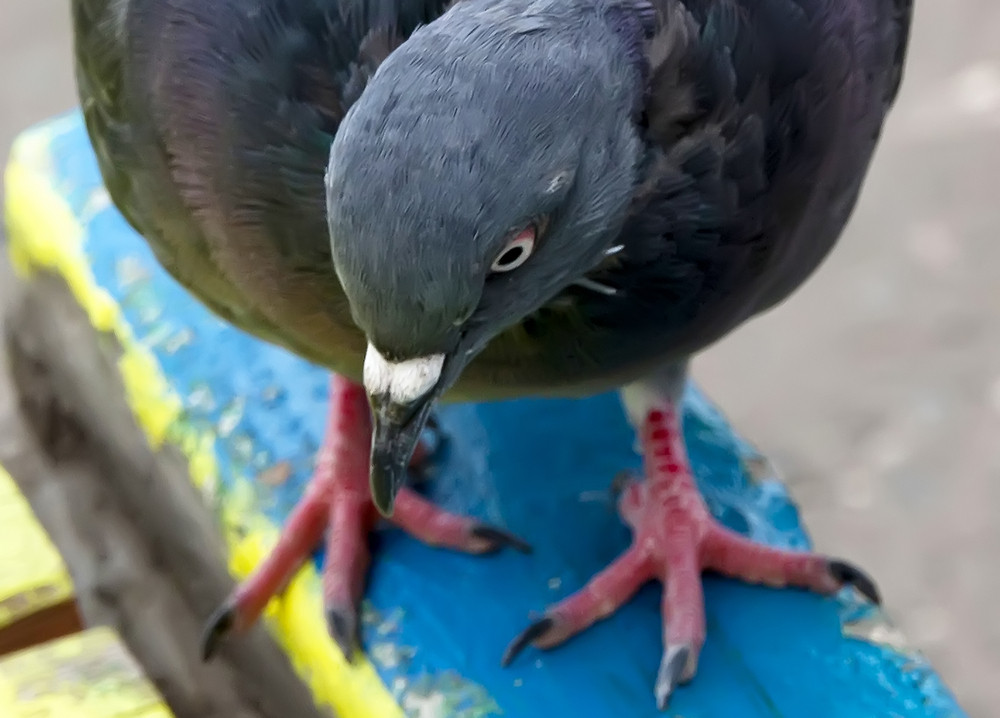
Pigeons, often considered the “rats of the sky,” are a common sight in urban environments across Arizona, including cities like Phoenix, Tucson, and Flagstaff. While these birds may evoke a sense of nostalgia or urban charm for some, they can also pose significant challenges, including property damage, health risks, and nuisance behavior. Effectively managing pigeon populations in Arizona requires a multifaceted approach that balances humane solutions with practical considerations.
Understanding the Challenges
Pigeons thrive in urban settings due to the abundance of food sources, roosting sites, and shelter provided by buildings and structures. In Arizona, where the climate is generally warm and dry, pigeons can breed year-round, exacerbating population growth. Their droppings, which contain uric acid, can corrode building materials, deface structures, and pose health hazards due to potential transmission of diseases such as histoplasmosis and cryptococcosis. Additionally, pigeon droppings may create slippery surfaces, posing safety risks for pedestrians.
Humane Deterrents
In addressing pigeon control in Arizona, many municipalities in Arizona prioritize humane deterrents that discourage pigeons from roosting and nesting in unwanted areas without causing harm. These deterrents may include installing physical barriers such as bird spikes, netting, or wire mesh to prevent access to roosting sites. Other non-lethal measures include ultrasonic devices, visual deterrents like predator decoys or reflective surfaces, and modifying the environment to eliminate food and water sources that attract pigeons.
Professional Solutions
For property owners facing persistent pigeon problems, seeking the assistance of professional pest control companies specializing in bird management is often the most effective approach. These professionals conduct thorough assessments to identify roosting and nesting sites, then implement tailored strategies to deter pigeons while minimizing disruption to the surrounding environment. Techniques such as trapping and relocation, habitat modification, and bird exclusion methods may be employed to achieve long-term solutions.
Community Engagement
Community engagement and public awareness campaigns also play crucial roles in managing pigeon populations in Arizona. Educating residents and businesses about the importance of responsible waste management, maintaining clean environments, and avoiding feeding pigeons can help reduce the availability of food sources that sustain pigeon populations. Additionally, collaboration between local governments, businesses, and community organizations can facilitate coordinated efforts to address pigeon control issues on a larger scale.
Conclusion
Effectively managing pigeon populations in Arizona requires a combination of humane deterrents, professional expertise, and community engagement. By implementing proactive measures to deter pigeons from roosting and nesting in unwanted areas, while also addressing underlying factors contributing to their proliferation, residents and businesses can promote urban harmony and create safer, cleaner environments for all. Through a collaborative approach that balances practical solutions with compassion for these ubiquitous urban birds, Arizona communities can coexist peacefully with pigeons while safeguarding public health and preserving the integrity of their built environment.

